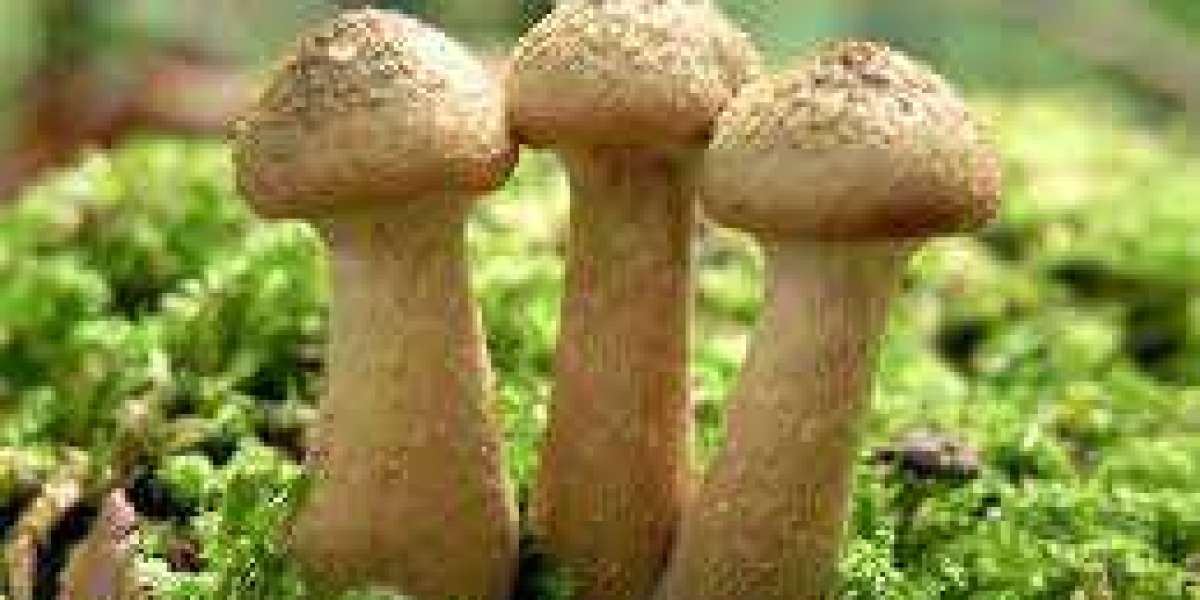Pheasant? But if it isn't a mushroom! Well, no, in numerous microdosing shrooms places in the south of the Peninsula, Leccinum lepidum, its scientific name, is a largely appreciated fungus. At La Casa de las Setas we tell you how to fete them and where and when to collect them. Of course, always well equipped and with all the materialready.
However, a cutter or any other element of your setera outfit, visit our runner! Further than 1800 references all related to mushrooms and truffles
If you need a handbasket or pack.This precious boletal that we can also find in spring, is known as nice boletus. And it isn't strange, since numerous collectors come to confuse it with some of the most sought-after boletus (edulis, pinícola, aereus and reticulated).
The most striking features of this boletus are its large size and, over all, its color. But it's not just these. We tell you the characteristics of the pheasant so that you can not confuse it
The scientific name of the nice boletus is Leccinum lepidum. We're talking about a mushroom that belongs to the boletales order, Basidiomycotina class.
What are the popular names of L. lepidum?
It's a largely appreciated mushroom in the areas where it appears, so its popular names are abundant and varied. Some of them in Spanish are Nice Ticket or Cute Ticket, Pheasant, … In Catalan it's known as sureny d´alzina, alzinia or alzinall and in Basque artadi-onddo belzkor
Characteristics of the Pheasant
It's a large chapeau, being suitable to reach between 4 and 16 cm. In its youth it's hemispherical and as it grows it becomes convex, but noway leveling out like other boletales.
The color of the cuticle varies from dark brown to unheroic ochre. It'll depend on whether the area has further or lower moisture. In the same way, the touch of the chapeau is satiny if the climate is dry and thick if it's sticky.
Angular, tight and small. Its color is a bright yellow that turns greenish when ripe. They darken slightly under pressure.
It thickens at the base, first rotund and also stretched. Its color is unheroic presenting small granulations kindly darker
Carneunheroic andcompact.However, it sluggishly turns pale pink, which turns to palish argentine, If cut. Insignificant but affable taste and smell, which is why it's considered by numerous to be a good food.
The pheasant or affable boletus is a typical mushroom of Mediterranean mite and timber. We can find it growing simply in holm oak and cork oak groves, together with bitterness oaks, strawberry trees and rockroses. It's also common to find them coming to wild orchids
We can begin to find the boletus pheasant in spring if the rains are abundant. It isn't unusual to find them in cornucopia in the months of April and May. Latterly in the afterlife we can also collect Leccinum lepidum, although it's less common and will depend on rainfall conditions.
It's a mushroom that doesn't grow coming to roads or near crops. It also doesn't like gutters or aqueducts.
The pheasant mushroom can be confused with other kinds of Leccinum, but in all cases they aren't poisonous, so it doesn't present a major problem.
This Leccinum is also lower, and the cuticle tends to crack. The bottom has darker granulations. We can find them between beeches and oaks, so confusion is delicate since the pheasant lives substantially associated with holm oaks.
The nice boletus is a veritably photogenic mushroom. We leave you with some images of this mushroom in its terrain.
This mushroom is considered by numerous culinarians and collectors as a good food, but despite this it's still a fairly unknown mushroom. In the kitchen it's generally used as a trim, accompanying meat dishes.
Now that you know further about this beautiful and various mushroom, you'll surely dare to look for it and collect it. Do not forget to shoot us your prints!





